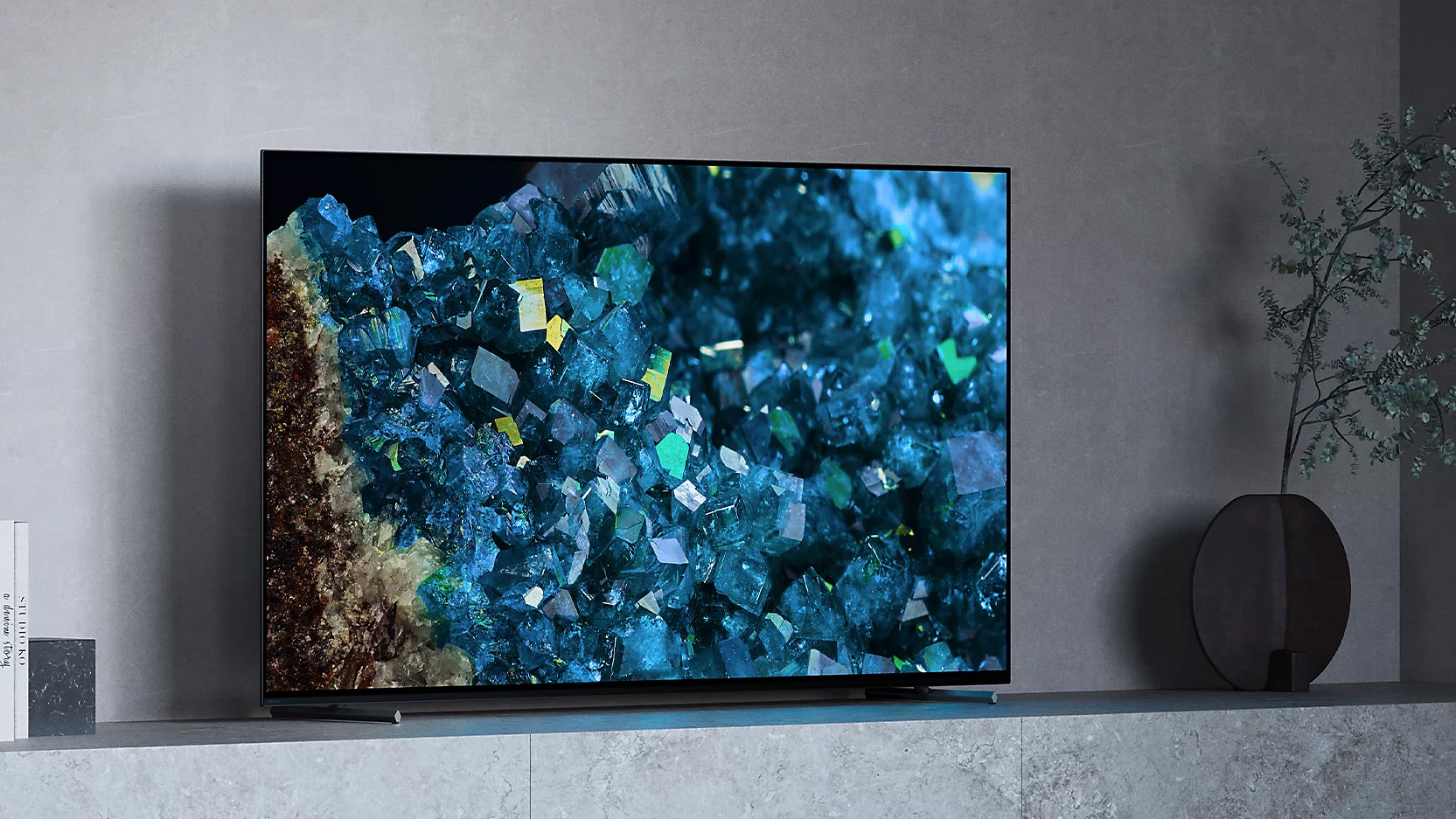
Somehow OLED TV technology has become a bit run-of-the-mill and slightly unglamorous - hasn’t it? Right now the TV buzz is around ‘MLA’ (as deployed in the LG G3 OLED) and ‘QD-OLED’ (technology both Samsung and Sony itself are invested in) - and OLED has fallen down the pecking order a bit.
The A80L range is Sony’s attempt to prove the technology remains valid - certainly it’s priced this model to suggest that OLED TV is still a premium proposition. But is it really still as valid and premium as Sony seems to think?
Sony A80L: Price & Availability
The Sony XR-55A80L is on sale now, and in the UK this 55-inch version will set you back £2,399 (there’s a 65-inch model for £2,999; a 75-inch screen at £4,499; and an 83-inch whopper for £5499).
In America, which is a more generous market where the smaller screen-sizes are concerned, this TV costs $1,899 ($2,599; $3,599; $5,499 for equivalent sizes as per above). In Australia, the only prices confirmed so far are AU$3,499 for the 55-inch and AU$4,499 for the 65-inch model.
Everyone (and in this instance ‘everyone’ really means ‘LG, Panasonic, Philips and Samsung’) has a very similarly specified alternative to sell you, of course - and by comparison to those TVs the A80L looks a little bit pricey. Which means it has it all to do where performance is concerned.
Sony A80L review: Features & What's New?
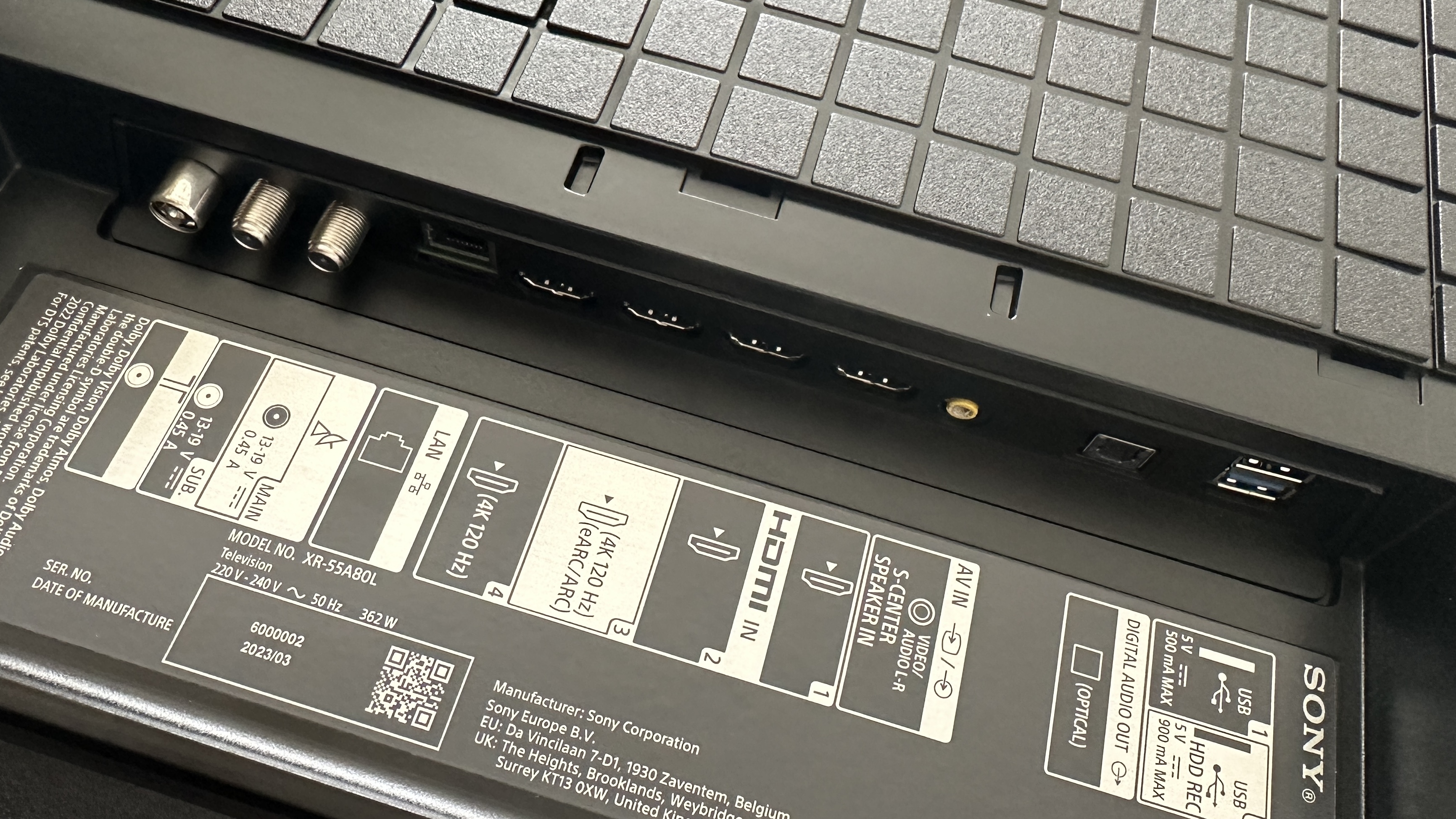
First things first: anyone who’s in possession of one of 2022's splendid A80K OLED TVs needn’t worry about trading up. There are some differences, of course - but this A80L is a very close relation. Still, our review of the A80K lets you know there are worse bases to build from.
Certainly the appearance of the Cognitive Processor XR as the boss and brains of the TV is no bad thing - it’s proved itself before now. It’s in charge of a 4K OLED panel with HLG, HDR10 and Dolby Vision HDR compatibility, as well as having a facility with Dolby Atmos soundtracks. Its new ‘XR Clear Image’ feature promises even more convincing upscaling than the A80K could manage though.
Of the A80L’s four HDMI inputs, two are of the full-fat HDMI 2.1 variety - which, when you compare the Sony to its most obvious rivals, is two too few. Still, at least the pair of HDMI 2.1 inputs are compatible with all your console’s clever features - including 4K @ 120Hz, ALLM and VRR. Just be aware that one of these sockets takes care of eARC responsibilities, too - so if you use it to connect to a soundbar, you’ve only one HDMI 2.1 socket left. Will that be enough for you?
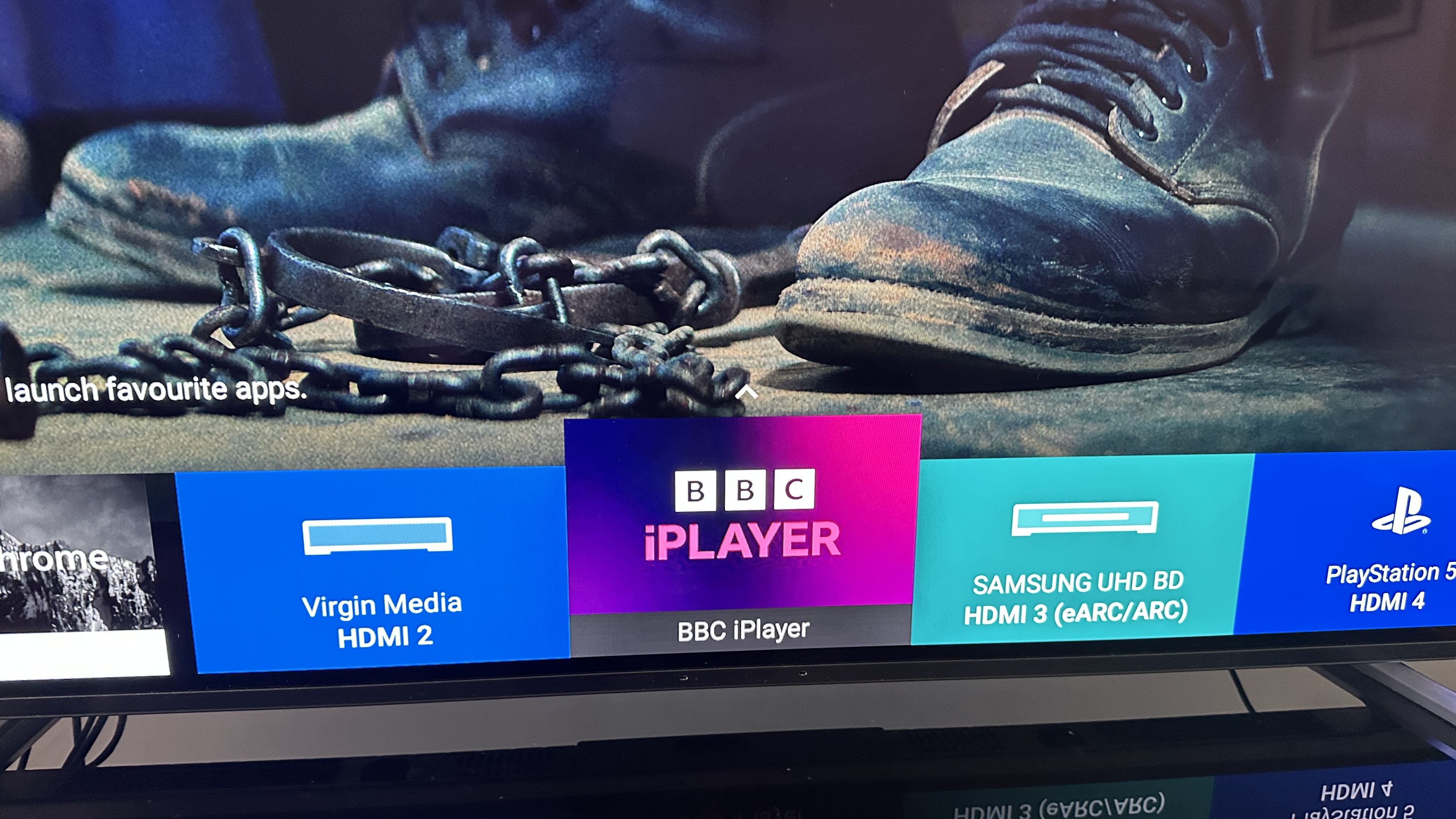
On the subject of games consoles and clever features, the A80L features a new ‘Game Menu’ that offers quick access to the screen’s gaming-relevant settings - especially where motion control and black level control are concerned. And the TV is also badged ‘Perfect for Playstation’ - so it ought to automatically adjust HDR tone-mapping for games.
Of course, being able to understand a Dolby Atmos soundtrack is not the same as delivering Dolby Atmos spatial audio - but the A80L’s audio system is noteworthy nevertheless. Sony has been using actuators to turn the actual screen of its OLED TVs into a major part of the sound system, and the A80L is no exception. In this instance, three actuators ‘excite’ the screen to the point it serves up sound, and there are two downward-firing low-frequency drivers at the bottom of the frame to offer some bottom-ed reinforcement.
Sony A80L review: Performance
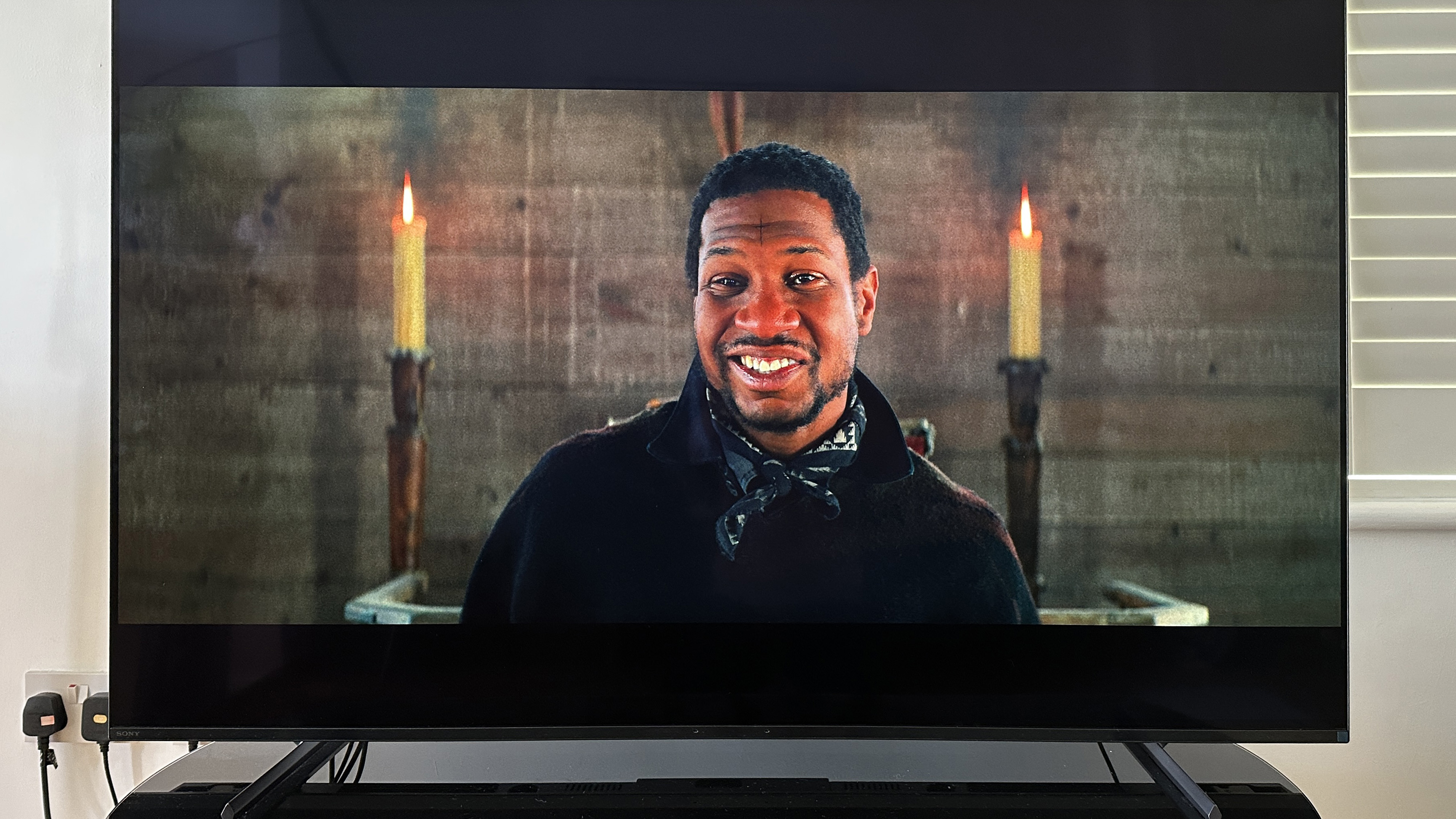
Give your 4K HDR OLED TV some 4K HDR content to work with (whether that’s from a streaming service, a games console or a UHD Blu-ray player) and that’s when it looks its best. Hardly rocket science, is it?
And where the Sony XR-55A80L is concerned, ‘its best’ turns out to be very gratifying indeed. No, this is far from the brightest OLED screen around and no, it doesn’t retain quite as much low-light black-tone detail as it might - but when you balance these traits against everything the Sony does well, they seem irrelevant.
The range and subtlety of the colours it’s able to generate, for example, is deeply impressive. Shades and tones are, effectively, limitless - and the natural, understated yet entirely convincing facility with skin tones and textures is admirable too.
Add in whites that make up in cleanliness what they lack in outright brightness, black tones that are predictably deep and carry almost as much detail as the white tones they contrast with, and the A80L is an uncomplicated pleasure to watch.
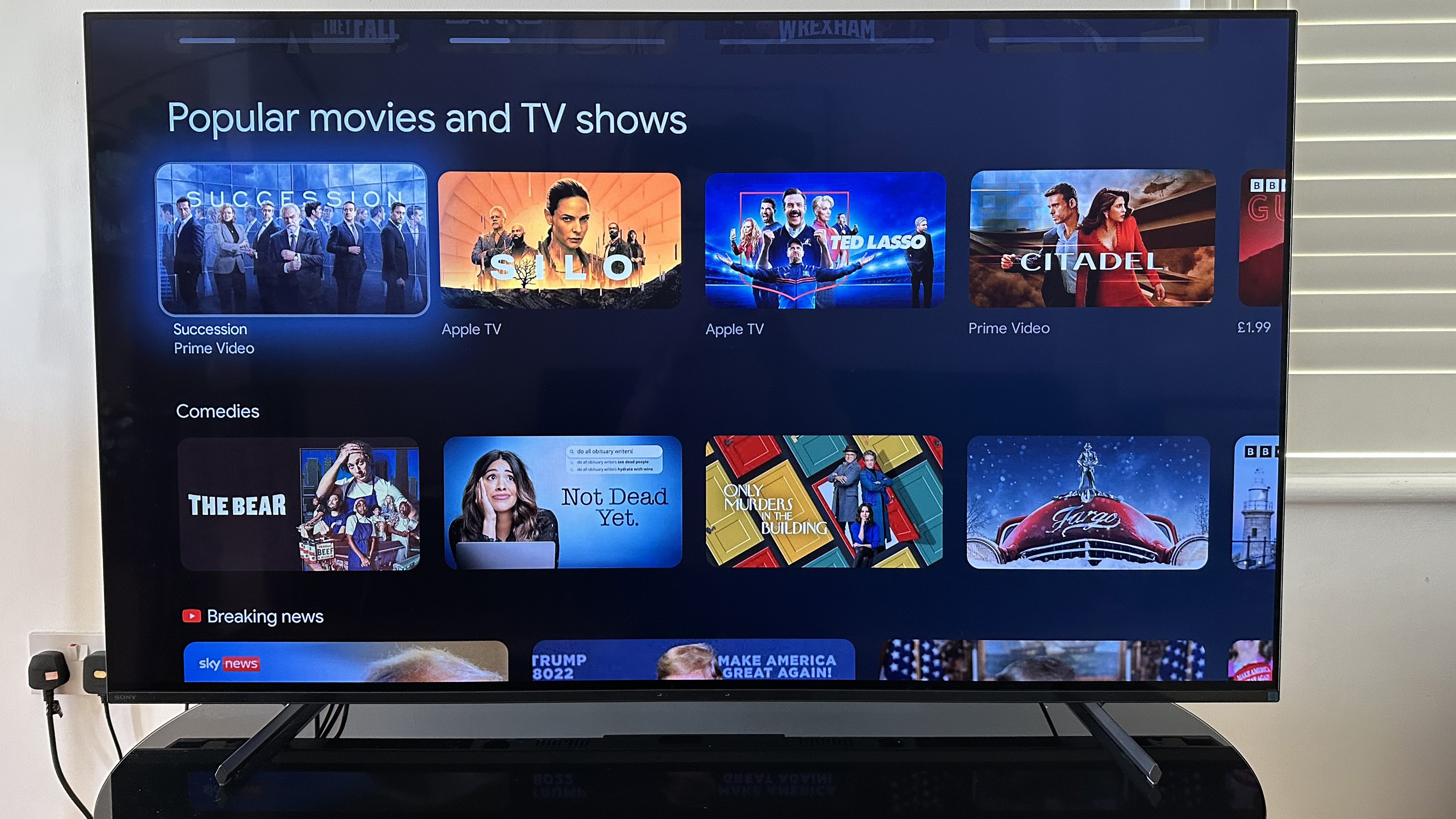
Motion-control ranges from ‘pretty good indeed’, depending on how challenging the content you’re watching is. Depth of field is significant. Images are vibrant and punchy when necessary, but never overblown or oversaturated. Picture noise is all-but invisible.
And this is true of all 4K content, no matter from where it’s derived - even when gaming, with the screen geared towards offering as rapid a response time as possible, on-screen movement is handled confidently, detail levels stay high, and contrasts are wide-ranging and convincing.
WIthin reason, the Sony is a very capable upscaler too. Full HD stuff looks good in almost every circumstance - only a slight lessening of insight into the darkest scenes, and a mild-but-definite drop-off in detail levels gives the game away. And the A80L is nothing if not a trier - even when attempting to fill its 4K screen with properly elderly daytime TV content, it manages to avoid slurring the motion or crushing the blacks too obviously.
Safe to say it’s a slightly different story where sound is concerned. The audio set-up marries images and sound together well, and the system creates quite a spacious and reasonably detailed presentation. But where tonality is concerned, the A80L is of the ‘two wasps trapped in a glass bottle’ variety - it sounds thin and edgy, and gets progressively harder and thinner the louder you decide to listen. Despite the appearance of a couple of bass drivers, low-end presence is minimal and lightweight. So despite the admirable discretion of the sound set-up here, it’s nothing like as effective as it might be, so budget for one of the best soundbars.
Sony A80L review: Design & Usability
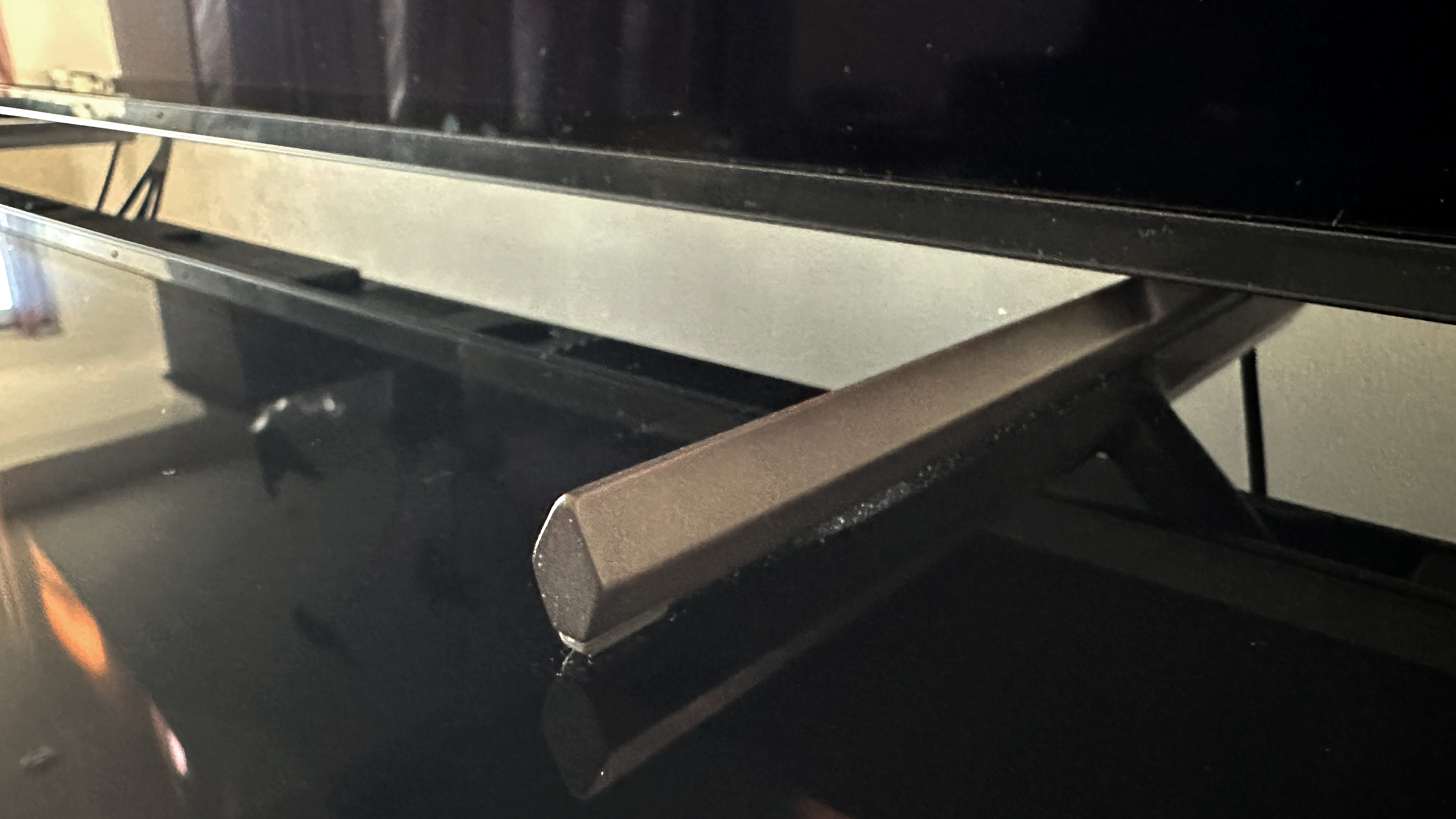
Mostly because of its actuator technology, the A80L is a disappointing 53mm deep - and it’s that depth for a greater portion of its chassis than most of its most direct rivals. Certainly LG’s C3 OLED and Samsung’s S90C are more readily wall-hangable than this Sony, and both are a little more affordable too.
Still, at least the A80L’s ‘click-to-fit’ slim-bladed feet offer some flexibility. They can be positioned wide to take advantage of a bigger surface, or a little narrower in case you want to put your TV on a smaller shelf or table-top. The packaging also includes adapters that will raise the screen higher on its feet to allow more clearance for a soundbar.
The A80L may be nothing special to look at - very few TVs are, to be fair - but the design is clean enough and the build quality is everything we all expect from a Sony product. The plastics that make up the bulk of the product are unremarkable, but they’re fitted together flawlessly.
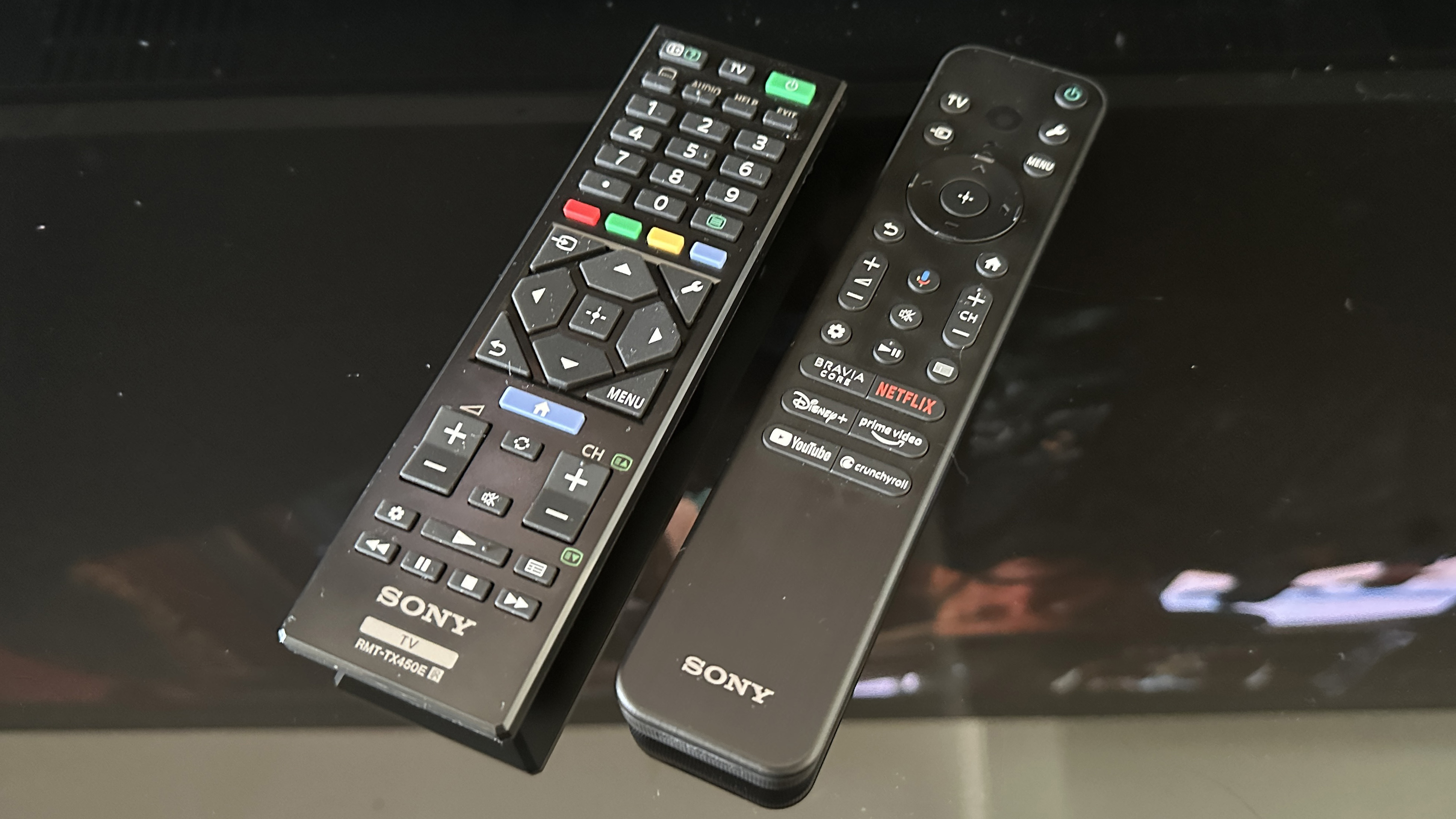
As far as control is concerned, the A80L ships with the same two remote control handsets that accompanied the A80K before it. There’s nothing unusual in that - but unlike most brands – which supply a quite cheap-feeling full-function remote control along with an altogether nicer, less button-heavy alternative – these two handsets are not all that distinct. The full-function doesn’t feel as nasty as some, but the slimmer handset still has quite a few buttons and doesn’t feel special at all. Which makes you wonder why Sony bothered developing two in the first place.
Regardless of whether you use the ‘not as nasty as it might be’ or ‘not as nice as it should be’ remote control, though, you’re in charge of a Google TV smart interface and some very concise, usable set-up menus. Google TV is clean and logical, doesn’t take long to begin making worthwhile recommendations, allows access to Google Assistant and has all the catch-up and streaming service apps you are likely to require. And, what’s more, all in their optimum form. The purchase of a Sony OLED TV also gets you access to Bravia Core, the company’s own (and very good-looking) movie streaming service.
Sony A80L review: Verdict
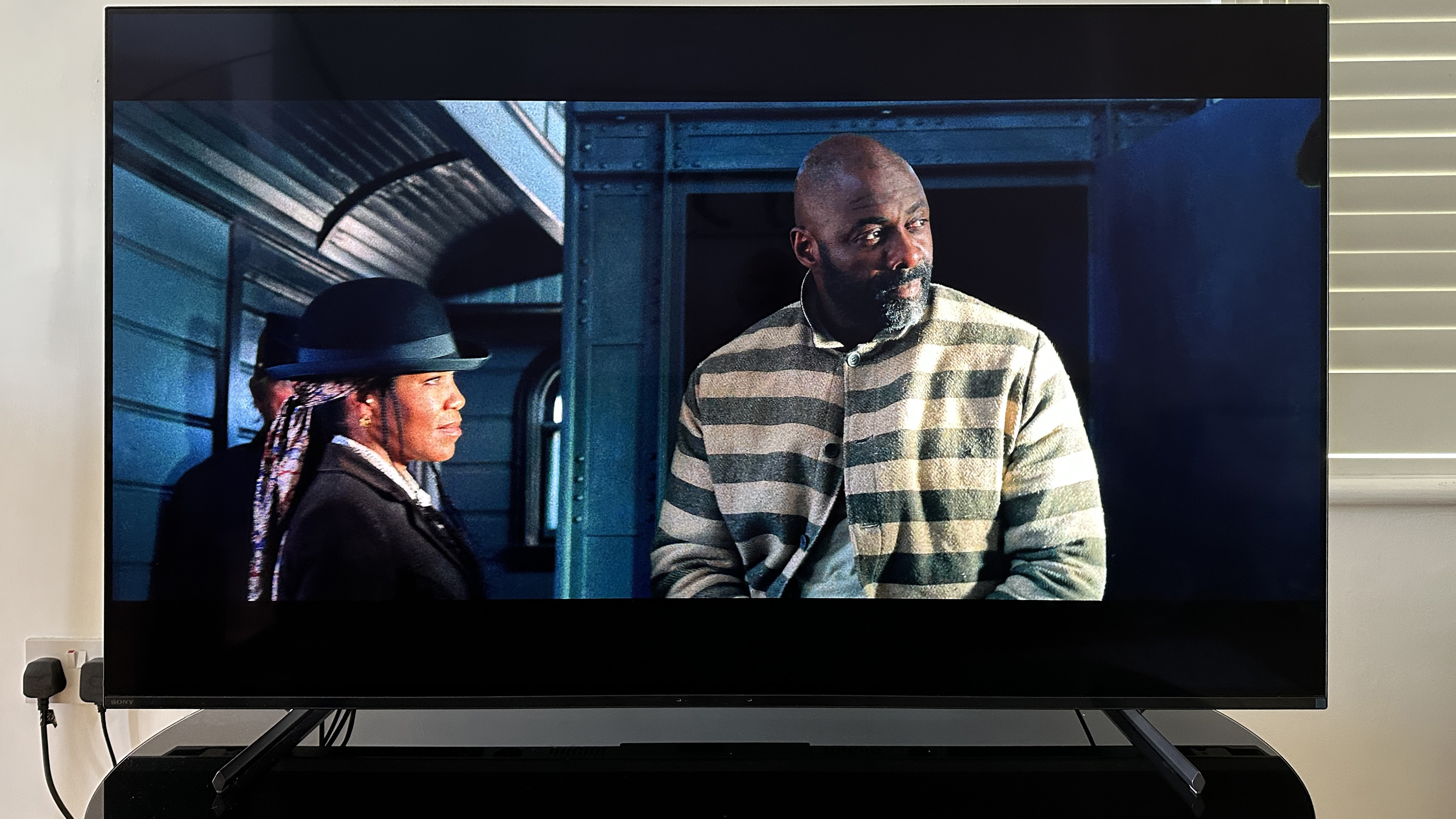
It’s a measure of just how balanced and convincing the Sony A80L’s picture quality is that it can score the full five stars despite only having a pair of HDMI 2.1 inputs, and having an audio system that sounds better in theory than in practice.
You’re allowed to be put off by either of these issues, of course - but you’d be missing out on one of the most insightful, composed and dynamic pictures around where OLED TVs at this position in the market are concerned…
Also consider
There are a couple of LG screens that deserve careful consideration if you’re after a TV from a credible brand: the C3 OLED is very similarly specified to the A80L (although it has four HDMI 2.1 sockets), is slimmer, performs very well indeed and is usefully cheaper. The G3 OLED, meanwhile, is more expensive than the Sony, but thanks to its MLA technology it’s as bright an OLED screen as you’ve ever seen. And that’s not the limit of its talents, either, as our review makes obvious.
And it’s always rash to ignore Samsung, too. The S90C is more affordable than this Sony, slimmer in profile, and uses Quantum Dot technology to differentiate its OLED panel from the A80L. In pure performance terms it’s slightly different to, rather than obviously better than, the A80L - but it needs to be on your shortlist regardless.







